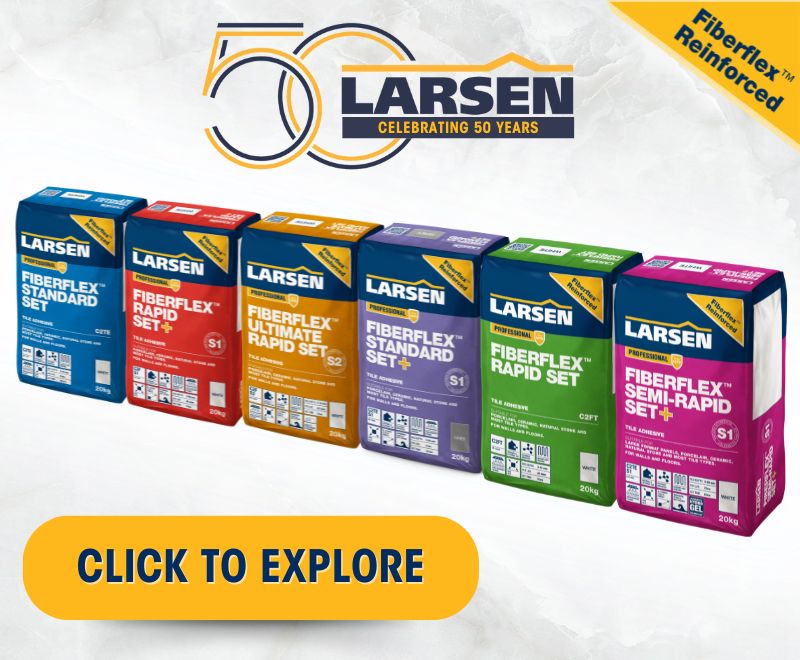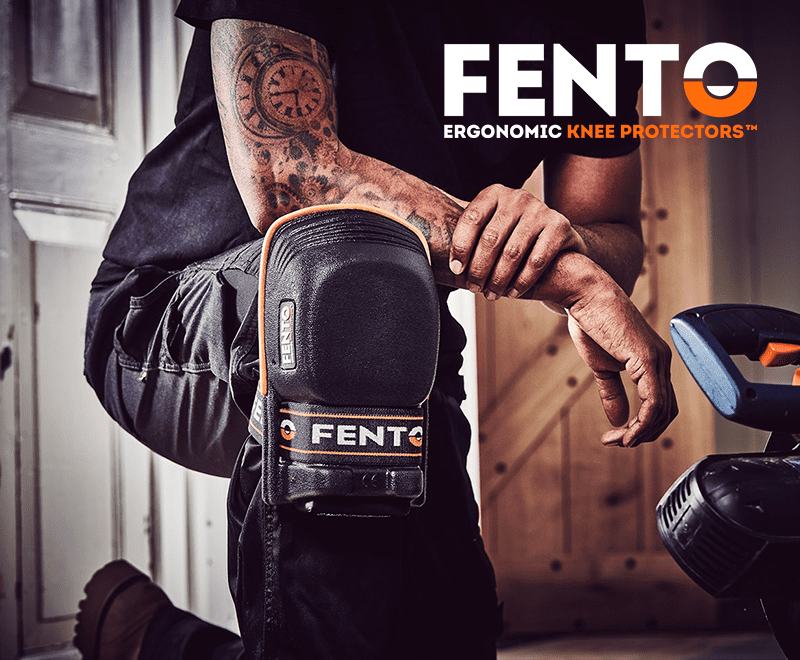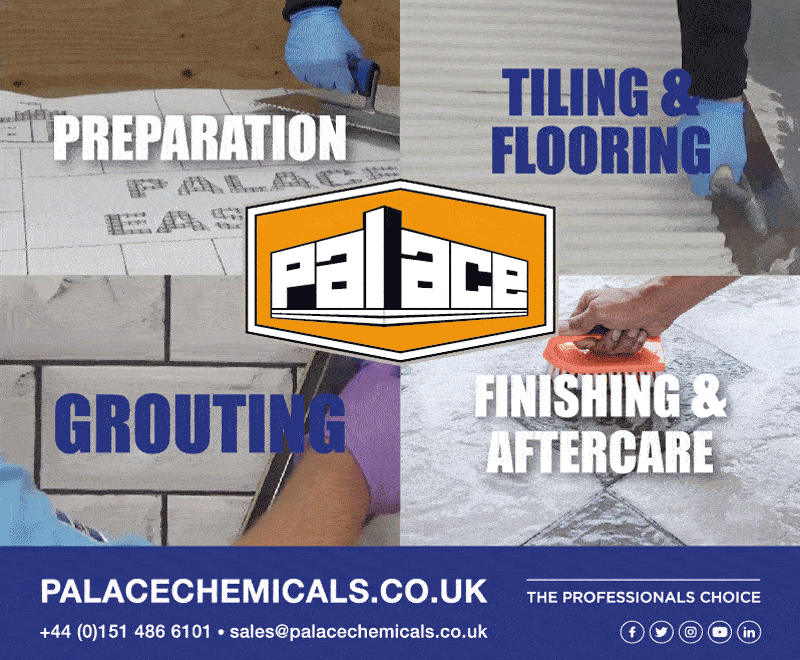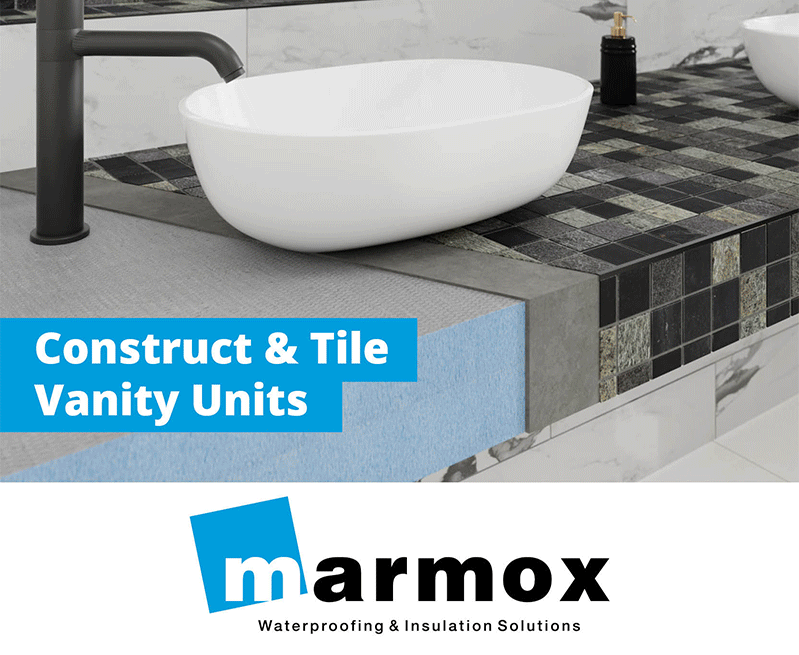Mark Atkins, director of LTP provides an in-depth guide on how to maintain and remove white markings from slate tiles
WHITE markings or blemishes in slate are common and are, in fact, hundreds of millions of years old. Rather than being a defect, they’re a natural characteristic of the stone and are normally only visible after the slate has been split. However, because they contrast so much with slate’s dark colouring, they’re not always appealing – but, with the correct product, they can be removed without damaging the slate.
What is slate
Slate is compacted mud and silt, from ancient oceans and riverbeds, that’s been subjected to pressure in a hot environment, deep underground. Eventually, it’s forced to the surface by the collision of continents.Dead creatures, older limestone rocks and marble pebbles that have settled on river or sea beds are crushed between the layers of silt and over millions of years harden to form a calciferous deposit and the tell-tale white marking.
To safely remove the markings, we recommend application of our cement, grout and salt residue remover after installation and before sealing and grouting, or our grout haze and limescale remover spray treatment on vertical surfaces. Both have non-corrosive, acid-replacement formulations, so they’re safe to use on all types of unpolished natural stone. It’s important to only use this type of treatment, to avoid damaging the slate, and to follow directions carefully. Once in contact, calcium carbonate deposits will start to dissolve. The surface is then agitated, residue extracted/removed, and the slate is rinsed with clean water. When treating vertical surfaces, start at the top and work downwards.
Other causes of white marks
Efflorescent and rising salts can also cause white marks. This is a slightly different issue which can also be treated with the residue remover, although the application method is different and the solution is generally diluted before application.
Protecting and maintaining slate after treatment
Once the surface is dry, we recommend sealing the slate to protect it from staining and to repel water, oil and grease. There are many different options which can be used to enhance appearance or create a natural finish. Our self-shine wax finishes are popular because they replace the slate’s naturally dusty appearance with a sheen. Self-shine finishes also remove the need for buffing after application and the sheen created makes ongoing maintenance easier. Wax finishes are ideal for areas with lots of foot traffic and where there’s a risk of oil spillage, like kitchens and dining rooms, but they’re not recommended for wet rooms and shower enclosures where they can make tiles slippery.
For a more natural look – and for external slate – we recommend a natural or colour enhancing impregnator. These are applied using a sealer applicator pad in a single thin layer or multiple thin layers, for stronger colour enhancement and protection.
Being a natural stone, all types of slate tiles should be maintained with a PH neutral cleaner. For tiles with a wax finish, we recommend a clean and repair solution called Floorshine. Film forming sealers are subjected to heavier traffic, so if the sheen is not maintained correctly more heavily trafficked areas will show signs of wear. Mopping routinely with this solution will help to lift the daily dirt and grime and, as it dries, will repair and maintain the applied satin or gloss finish.
01823 666213
info@ltp-online.co.uk
www.ltp-online.co.uk











